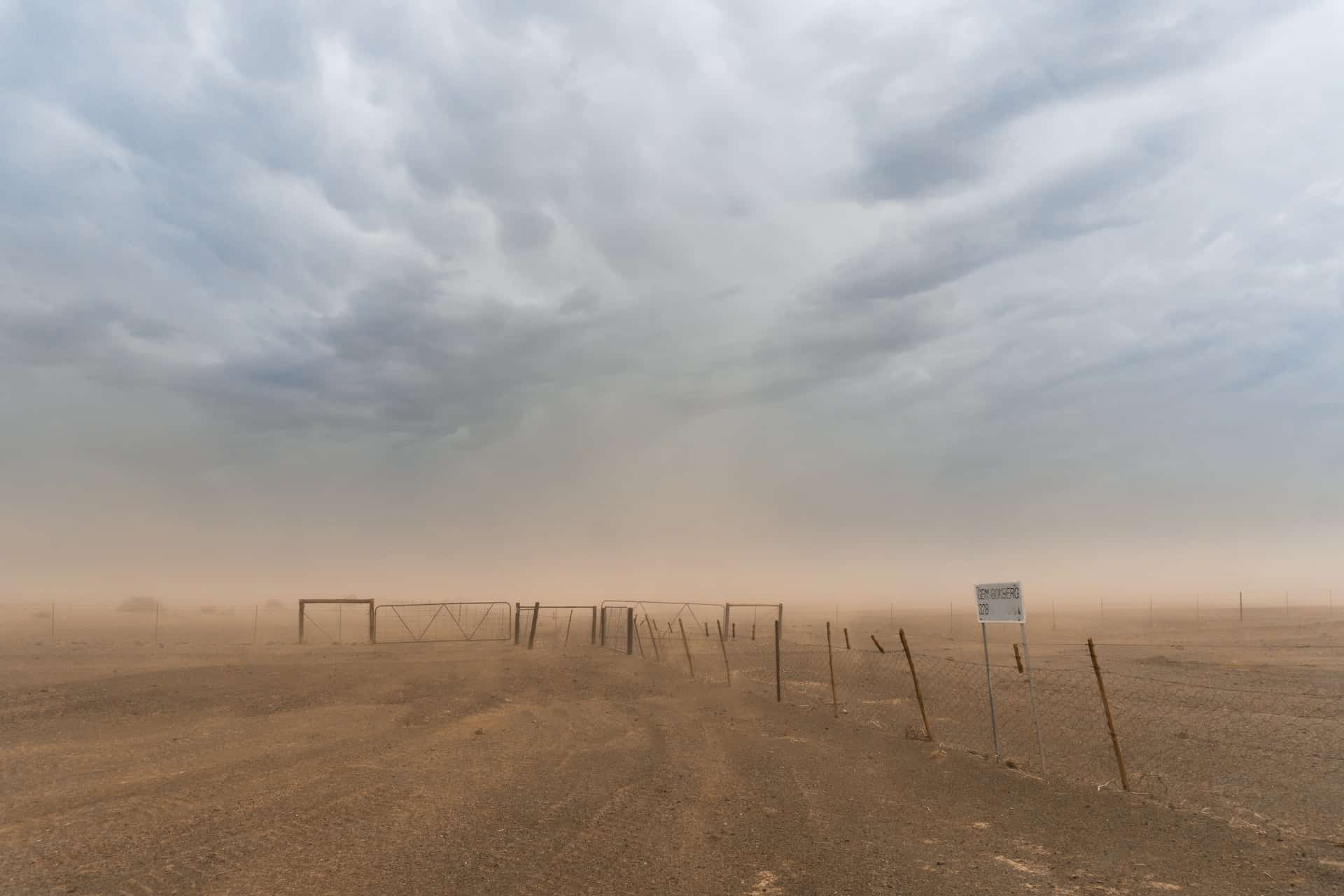From early April, the Middle East has been enveloped in blankets of thick, gritty haze with ominous orange skies, signalling a dire escalation in dust storm occurrences. Hospitals are flooded, and flights are grounded. With at least four fatalities in Iraq and Syria, the situation is perilous. The Kuwait dust storm and its regional counterparts highlight the urgent need for climate resilience and action.
The rising threat of dust storms in Kuwait and beyond
Dust storms, an atmospheric phenomenon prevalent in arid regions, have been striking earlier and across wider expanses. Nasim Hossein Hamzeh, a dust researcher, asserts, “The increasing frequency of dust storms means more problems, more loss of life and property, and more destruction.”
Typically occurring in late spring and summer, dust storms engulf land bereft of vegetation, driven by winds through dry, sandy terrains. The Middle East, particularly Northern Iraq, is facing the brunt of this natural calamity, with experts attributing climate change as a significant factor for the spike.
The shamal winds, known for their north-westerly direction, collect dust between Iraq’s Tigris and Euphrates rivers, often spreading it across the Arabian Peninsula. This year’s storms stretched to Saudi Arabia and even shrouded parts of Jordan.
Mohammed Mahmoud from the Middle East Institute alerts that the climate crisis is intensifying aridity and altering weather patterns, which contributes to more frequent and potent dust storms.
The human and economic toll
The Kuwait dust storm and similar occurrences in neighbouring countries have severe consequences on public health. In May alone, over 5,000 people in Iraq sought medical help for respiratory issues, and several deaths have been reported. The United Nations approximates the annual economic toll of dust storms on the region’s economy to be $13bn (£10.3bn).
Kuwait’s economy is hit particularly hard, with losses exceeding 190 million USD per annum. Sectors including aviation, oil, and commercial activities are adversely affected.
A United Front Against the Storms
UN-Habitat, in collaboration with partners, has initiated a project to bolster cities’ resilience to sand and dust storms. The project, funded by the Kuwait Fund with a 4 million Kuwaiti Dinar budget, focuses on Southern Iraq and Kuwait. It aims to enhance understanding of the dust storms, restore ecosystems in source areas, and bolster resilience and capacity among local authorities and vulnerable communities.
Eng. Wa’El Ashhab, Head of UN-Habitat’s Country Programme in Iraq, stresses the importance of this initiative, highlighting that water scarcity and drought due to climate change are formidable challenges that need urgent attention.
Dr. Ameera Al-Hasan, Head of UN-Habitat’s Country Programme in Kuwait, articulates that the project’s collaboration between multiple partners ensures that efforts are harmonised to combat the effects of climate change effectively.
A call to action
The Kuwait dust storm, coupled with the Middle East’s devastating dust storms, underlines the urgency for regional collaboration and a proactive approach to combating climate change.
As Dr. Mohammed Sadeqi from the Kuwait Fund indicates, Kuwait is a primary beneficiary in terms of countering health and economic implications caused by these storms. The project is poised to bring significant improvements to living conditions in Kuwait and the region.
In an interconnected world where environmental issues do not recognise borders, it is imperative that nations work together to address the challenges posed by dust storms and the broader climate crisis. This collaboration symbolises a crucial step in building resilience and safeguarding the region’s future.
Image Credit: Matthieu Joannon on Unsplash



















